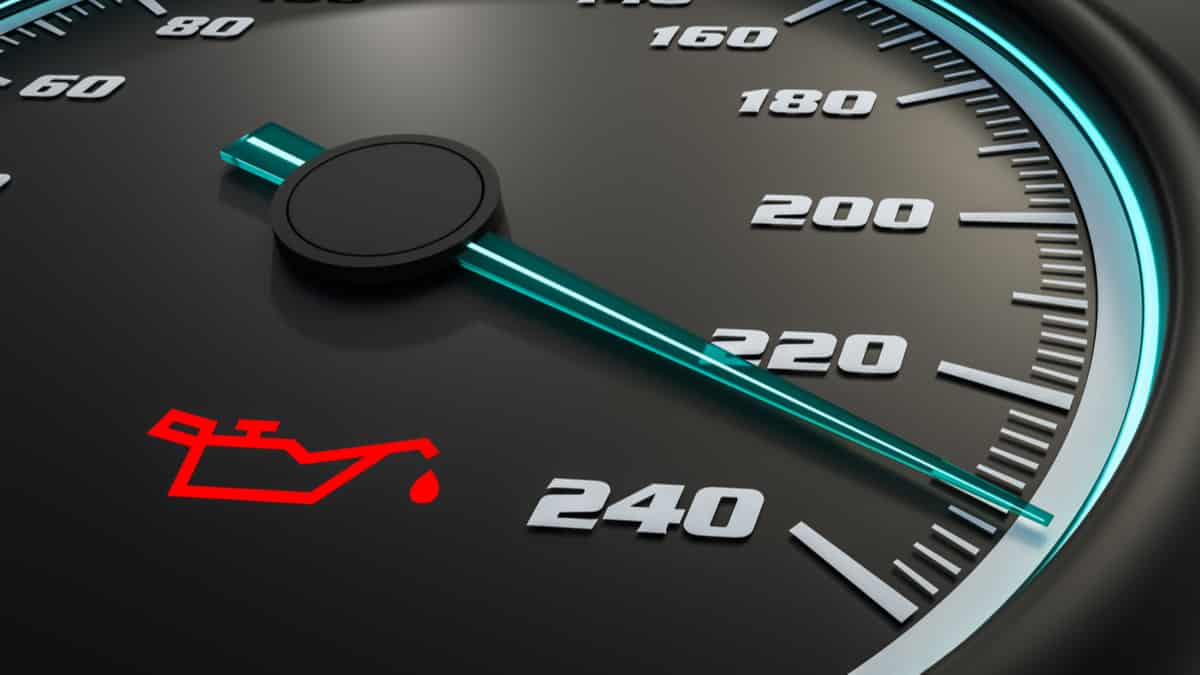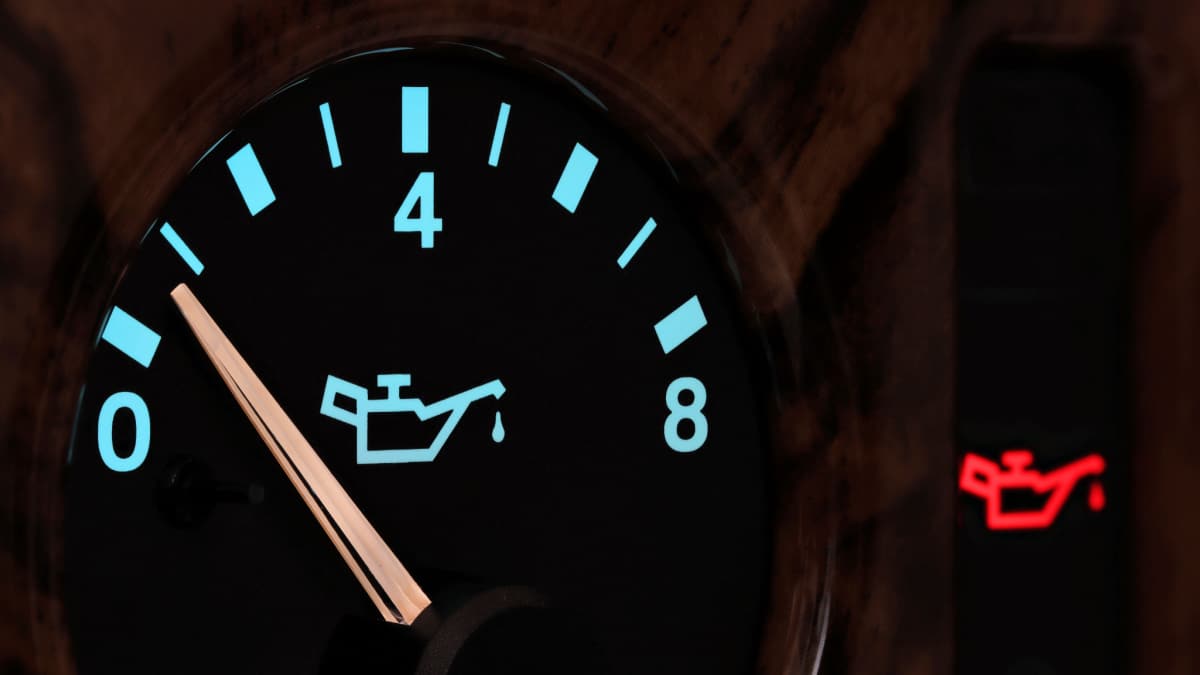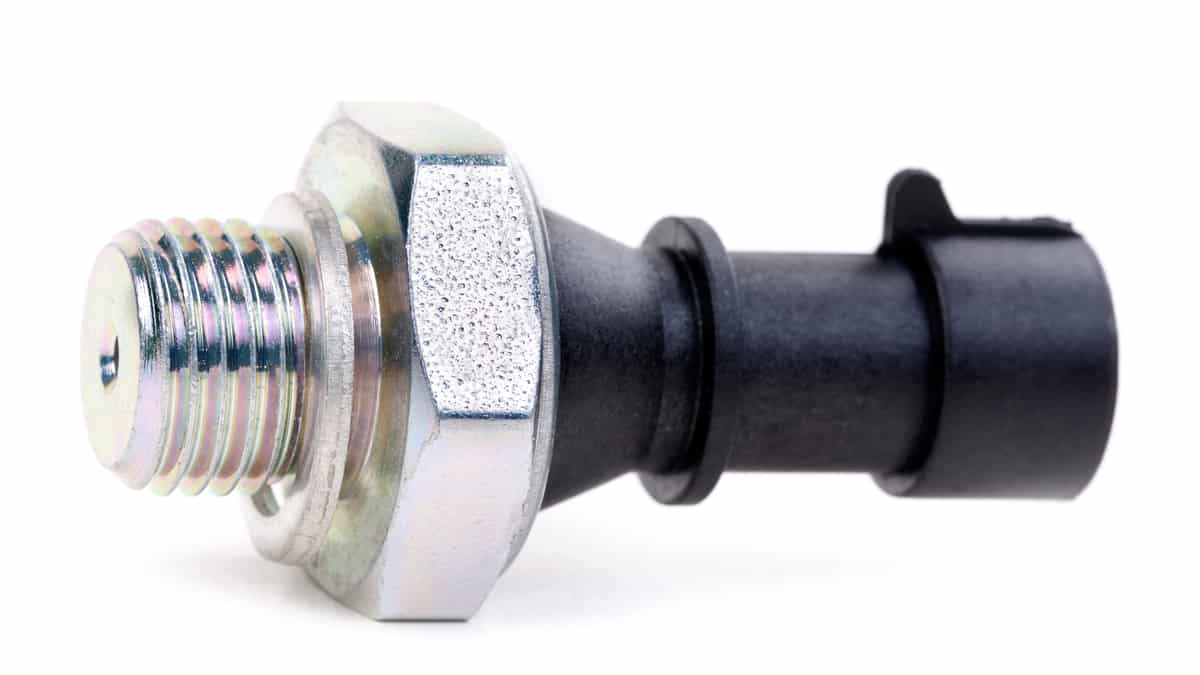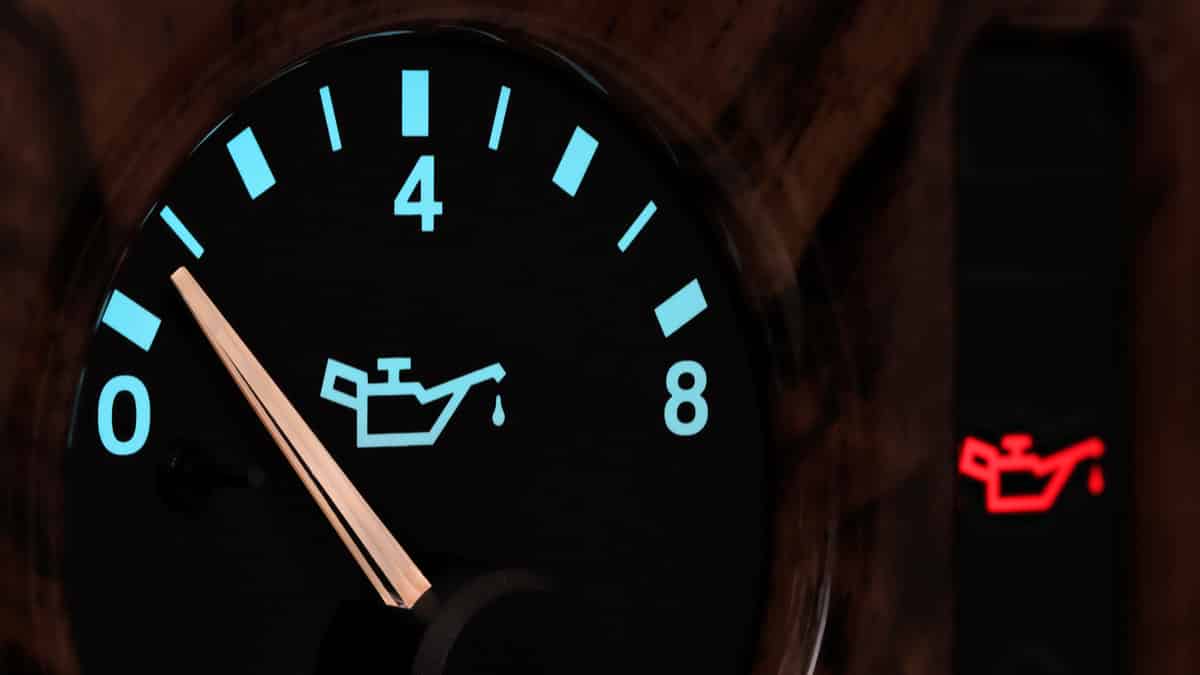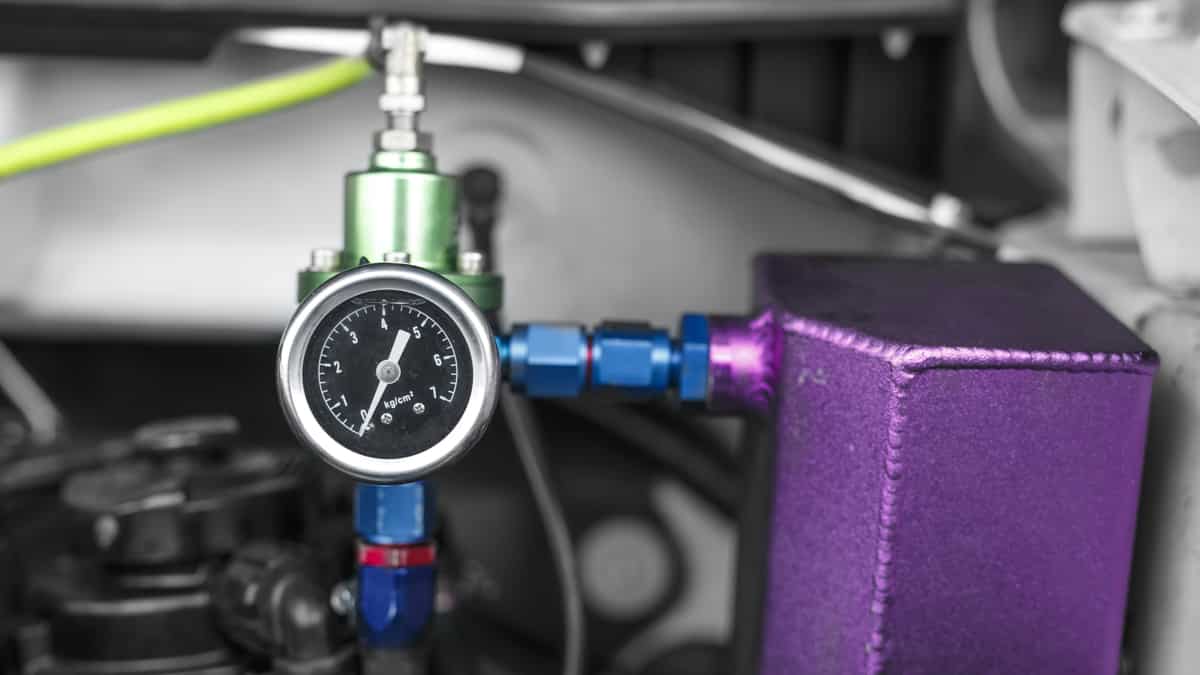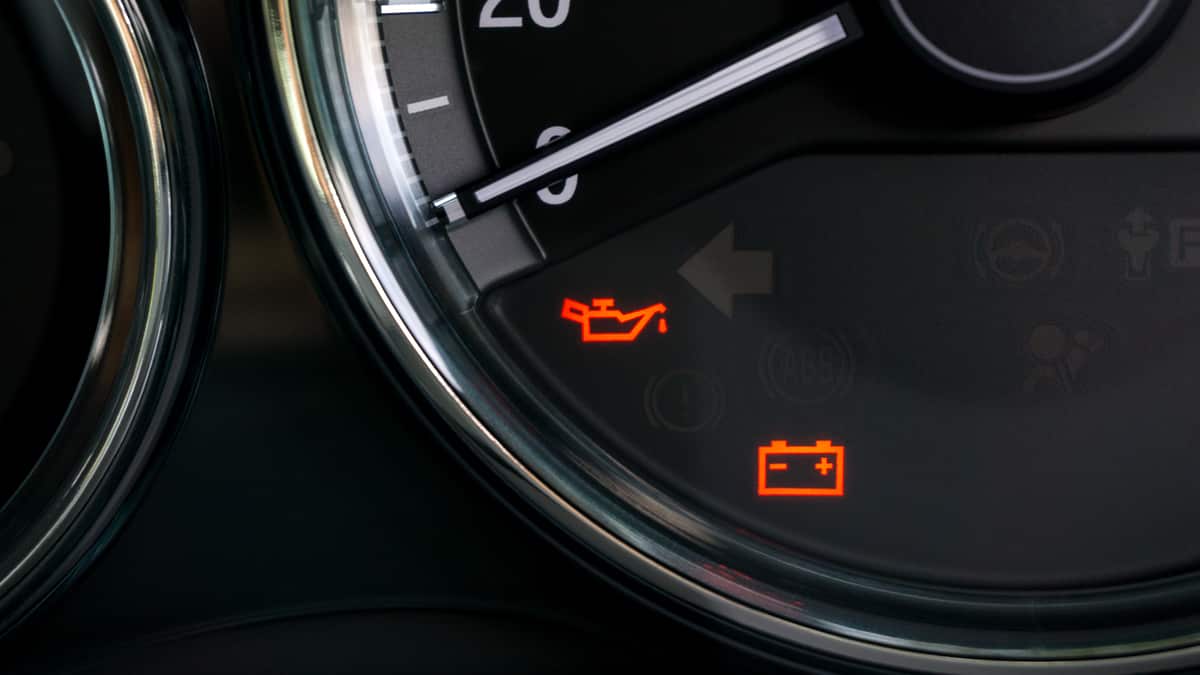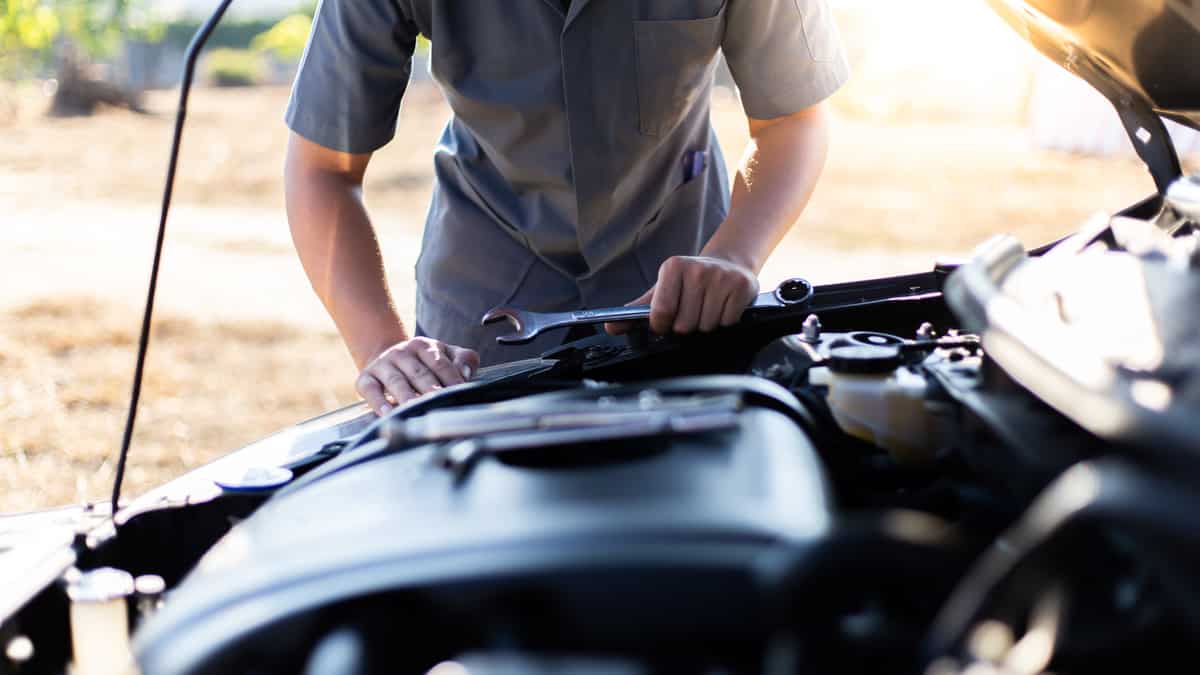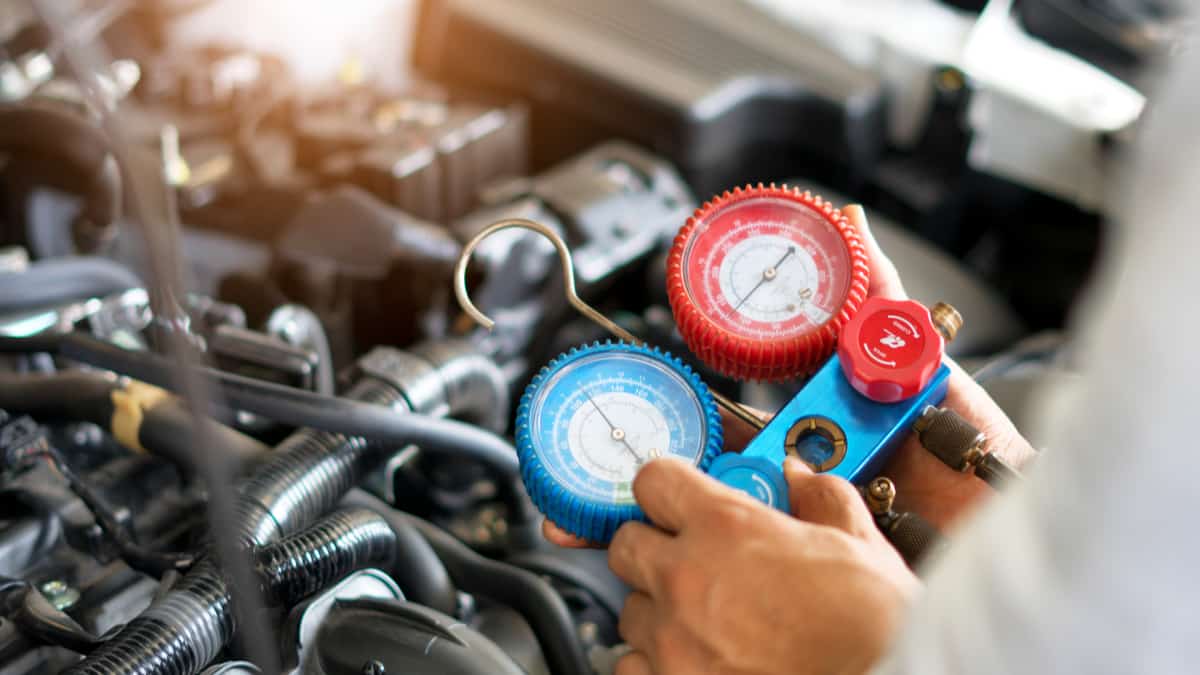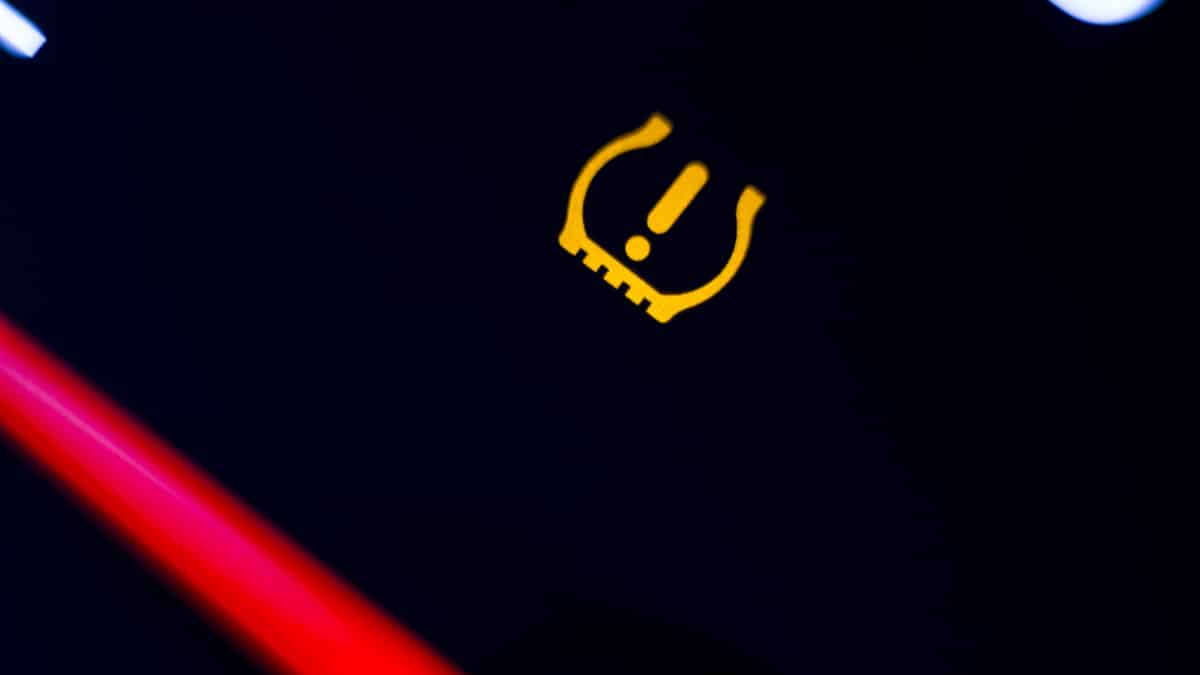Low oil pressure is terrible for any car engine, and if the oil pressure gets too low, it can damage your engine. Permanent damage can happen within seconds.
In most cases, low oil pressure will only show at idle when the engine oil is warm. This is because the oil pressure is always lowest at idle, and it gets even lower when the engine is warm. But what can cause low idle oil pressure, and how do you fix it?
A lot of questions will be going through your head if you think your car has low oil pressure. In this article, I will go through low oil pressure symptoms, the most common causes, and how you can measure the oil pressure.
What Are The Symptoms Of Low Oil Pressure?
The main symptoms of low oil pressure include:
- Oil pressure light on dashboard
- Bad noises from engine
- Check engine light
- Seized Engine
Here is a more detailed list of the signs of low oil pressure to look for:
1. Oil pressure light on dashboard
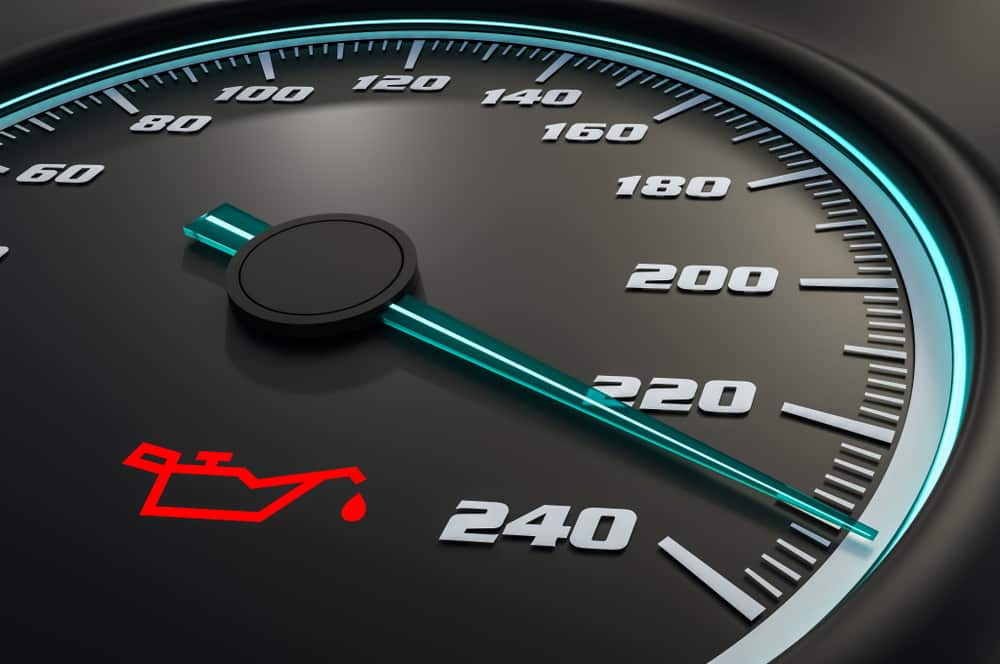
The first thing you will notice if your car has low oil pressure is the warning light on your dashboard.
The oil pressure sensor is monitoring the oil pressure all the time when the engine is running. If the oil pressure gets too low or too high, it will light up the oil pressure light.
Remember that a faulty oil pressure sensor can give false signals to the dashboard.
2. Bad Noises from engine
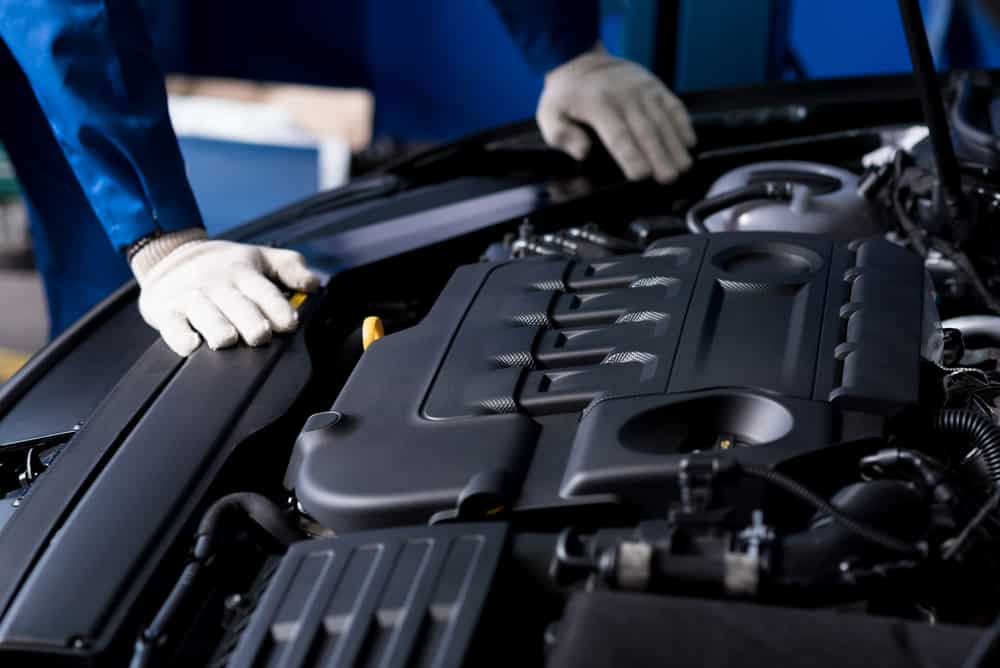
The other widespread symptoms of low oil pressure are rattling and other strange noises from the engine. The oil pressure prevents engine parts in the engine from rubbing metal against metal, and if the oil pressure is low, they will start rubbing against each other.
This can create a horrible sound, and if you hear this, you should turn off your engine immediately.
3. Check engine light
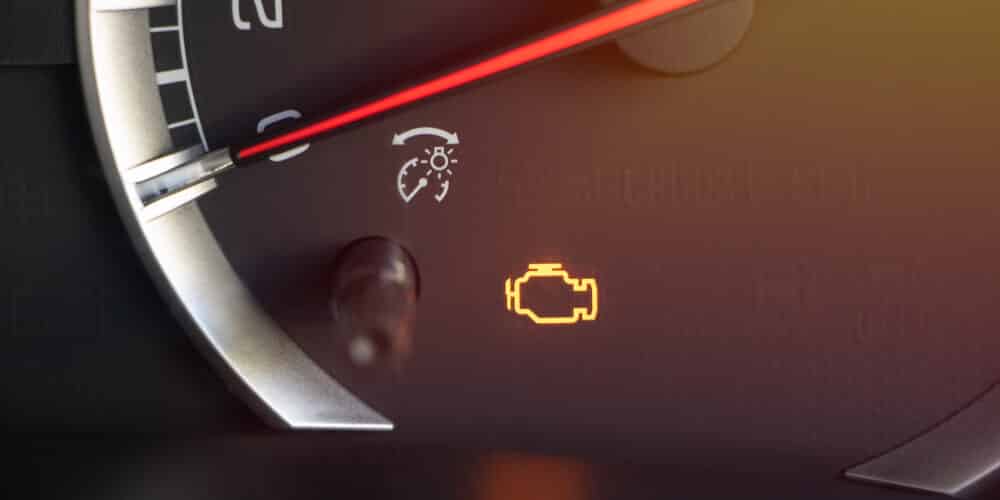
The oil pressure also controls tensioners like the timing belt or timing chain tensioner. It can also control different pumps like the fuel pump if you have a diesel engine.
For example, if the oil pressure is low and the chain tensioner won’t tension the timing chain, the camshaft timing will be off, and the check engine light will turn on.
4. Seized Engine

This is the last and the worst symptom. You never want this to happen. If you drove your car with rattling noises and an oil pressure light on your dashboard until it stopped working, your engine has probably seized.
A car engine that has seized after running on too low oil pressure is often not possible to repair. It is unfortunately often cheaper to replace the whole engine.
5 Causes of Low oil pressure
The most common cause of low oil pressure is too little oil in the engine. It could also be caused by issues like the wrong engine oil type, a clogged oil pickup tube, or a damaged oil pump. You should always check the oil level and quality first.
Here is a more detailed list of the most common causes of low oil pressure.
1. Low oil level
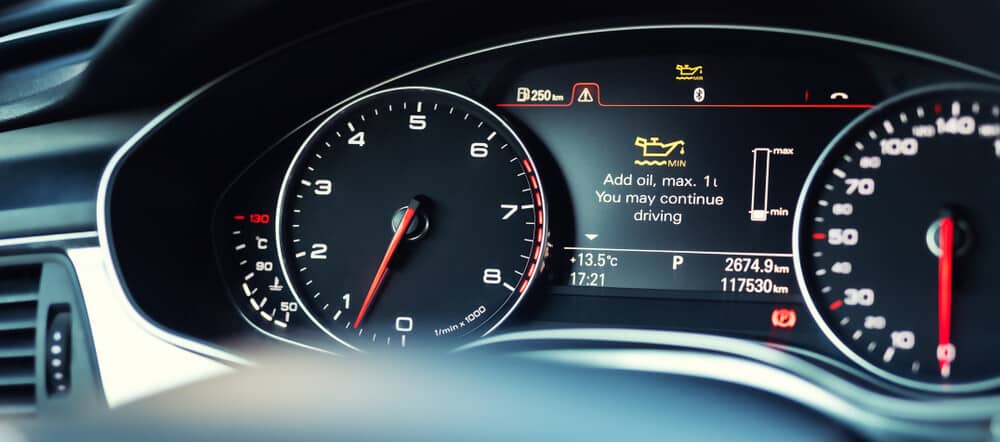
If you have low oil pressure at idle, make sure that your engine’s oil level is correct. Check the oil dipstick and make sure it’s not under the MIN mark.
Modern cars often have an oil level sensor. If you see a yellow oil can light on your dashboard, it means that your oil pressure is light.
This can also be recognized if the oil pressure light appears while you are turning your car. This means the oil is pressed to the engine’s side, and if the oil level is low, the oil pump will suck air instead.
If you have a low oil level, the oil pump can suck up air from the sump and make a low and fluctuating oil pressure.
If you do not know how to check your engine’s oil, check your repair manual or leave a comment below.
2. Wrong type of engine oil for your engine
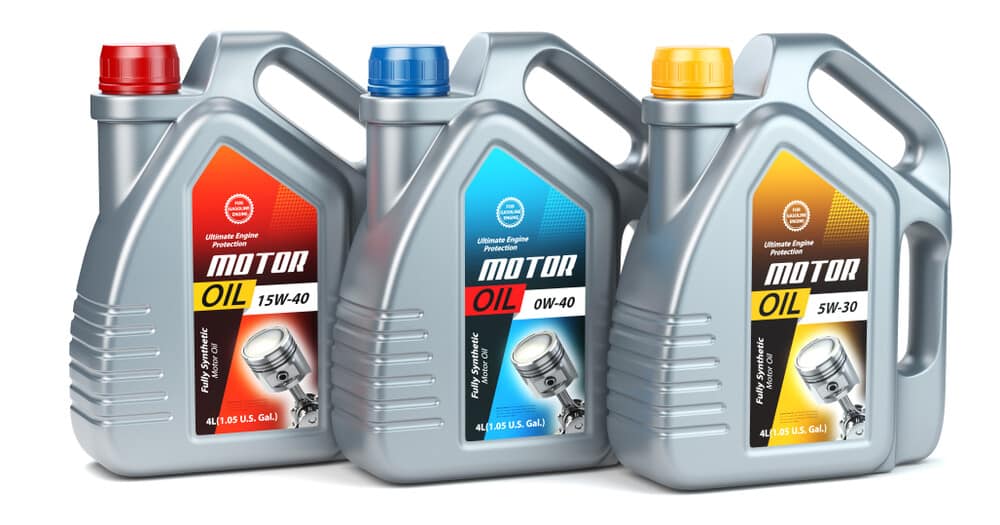
The oil you use in your engine could cause low oil pressure for your engine, especially at idle. If you are using 0w-20 oil in an engine that requires 5w-50 oil, you could get a low oil pressure when the engine is hot.
Some engines have a larger bearing clearance and require a thicker oil to get the correct oil pressure at idle.
If you have low oil pressure and suspect that you have the wrong oil in your car, check your repair manual of what oil you should have and make an oil and oil filter change.
3. Dirty pickup to the oil pump
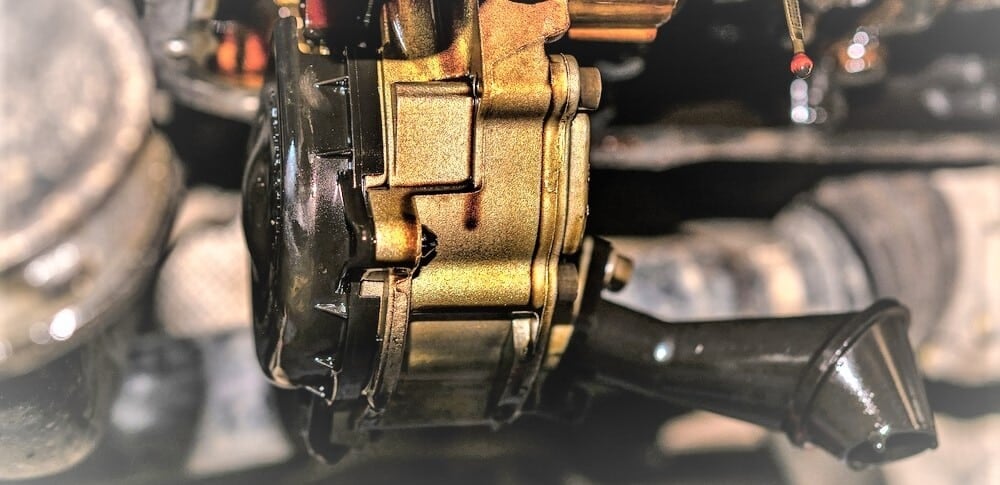
If your oil level is correct, and you are sure that the oil type is correct, the most common cause of low oil pressure is too much dirt in the pickup to the oil pump.
Normally the oil pump takes the oil from the bottom of the oil pan from a pipe. Before that pipe, there is often a net that will prevent any big metal pieces from going through the oil pump.
That filter/net could catch a lot of dirt and may have to be cleaned. To check this, you have to remove the oil pan from your vehicle and inspect the oil pickup.
4. Damaged oil pump

If the oil pickup filter looks fine, there could be some damage to your oil pump. Diagnosing whether your oil pump is damaged is not very easy, and it’s often pretty hard to replace the oil pump. If you are lucky, the oil pump is fitted inside the oil pan with a chain to the crankshaft, and then it is much easier to replace.
If you are not familiar with cars, you should let a mechanic diagnose the issue to see if it’s a faulty oil pump. Ask your authorized dealer or check your repair manual to find out where the oil pump is located and how hard it is to replace it.
5. An internal oil leak or damaged bearings
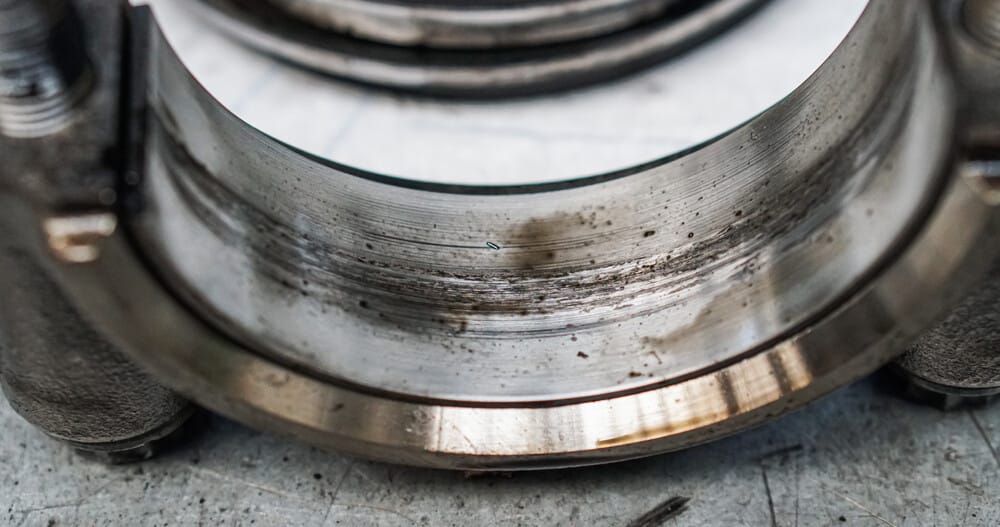
In rare cases, there could be an internal oil leak inside your engine. It will make your oil pressure low, and it could leak from a crack or a bad internal gasket.
Another problem could be that your crankshaft bearings are already gone, but usually, you will hear a nasty noise from the engine if the bearings are gone. These problems are not very easy to diagnose yourself if you are not a skilled mechanic.
How to check the oil pressure?
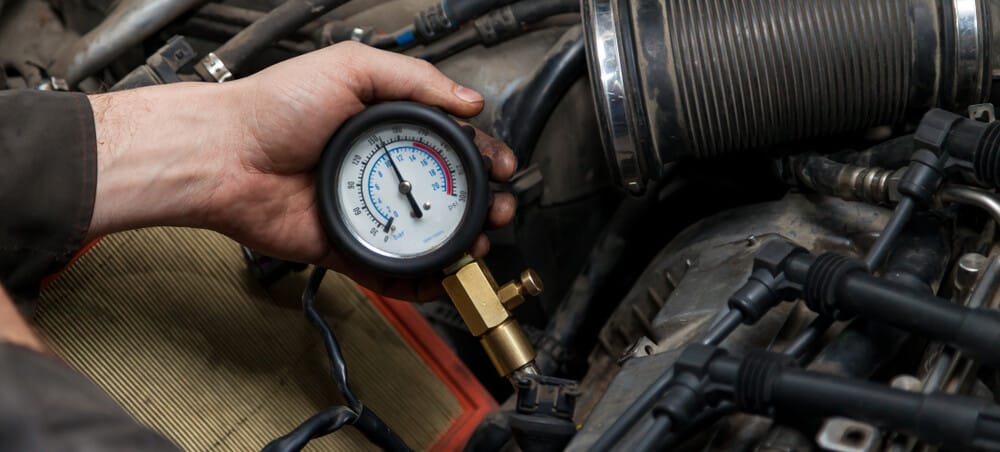
The best way to check your car’s oil pressure is to install a manual oil pressure gauge temporarily.
The easiest way to connect your manual oil pressure gauge is often to remove the oil pressure switch and get or make your own adapter to the oil pressure gauge to fit in the hole for the oil pressure switch.
Check the repair manual for your car to see which oil pressures you can expect on your car model at the given RPM.
If you have checked your pressure with a mechanical gauge and confirmed that the oil pressure is low, follow the guide of causes above one more time and then consult a mechanic if you can’t solve the problem.
Categories: Engine Oil, Troubleshooting
